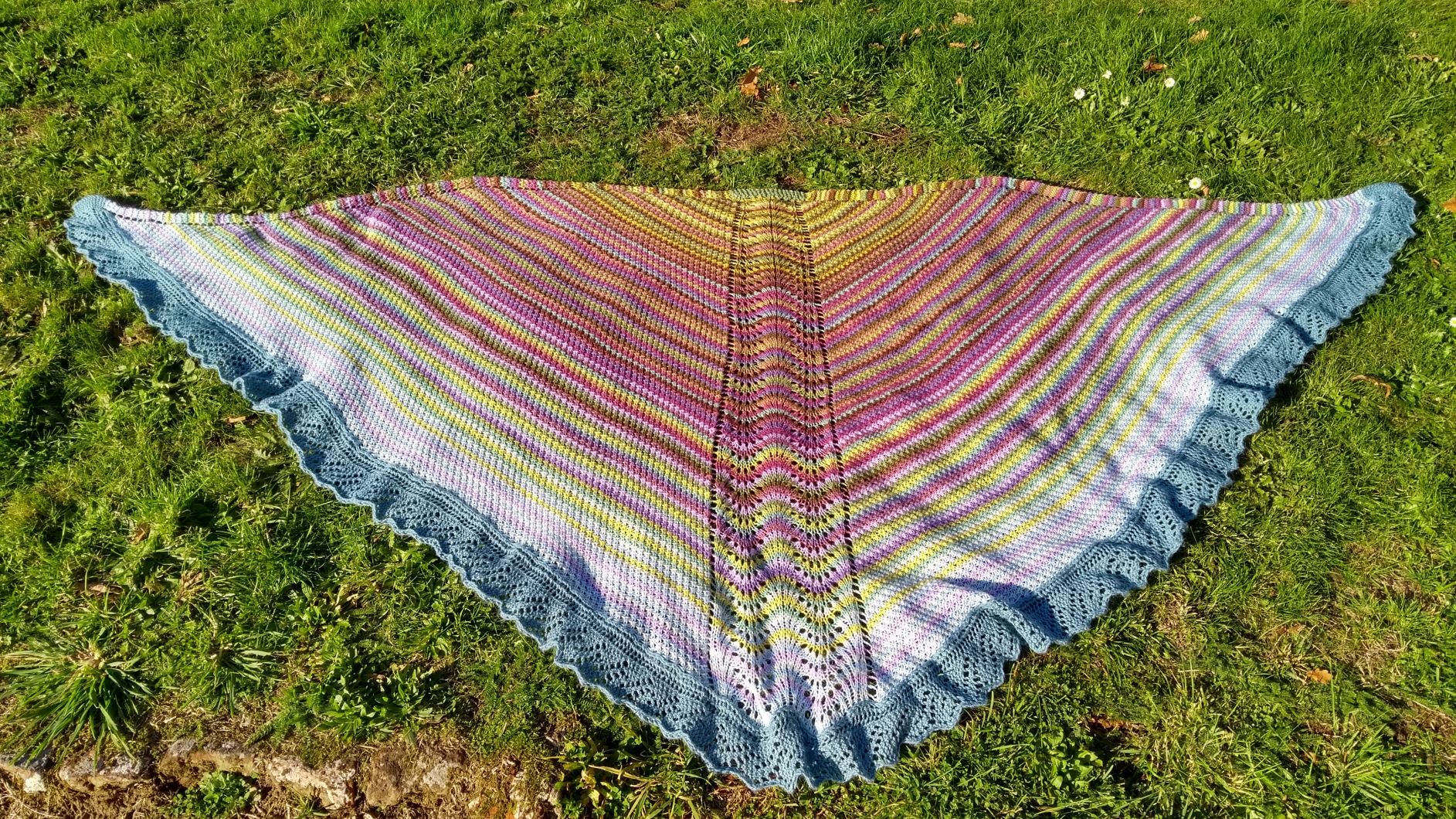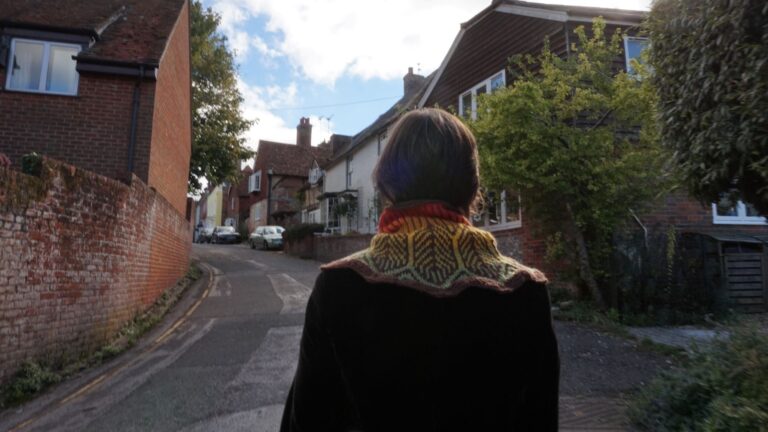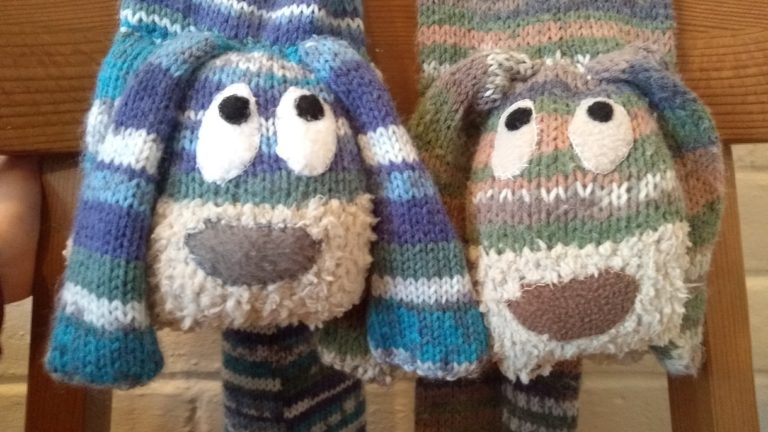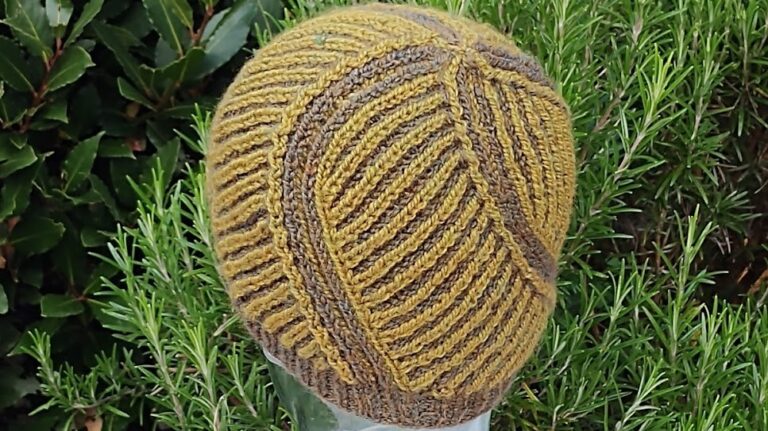As a child I often visited the Yorkshire moors, and have many wonderful memories of stomping through the heather in late summer. I now live in the south and miss the rolling purple hills. Consequently, when Lucy from Attic24 put together a moorland colour pack, I was very happy. If I couldn’t get to the moors, I could have a little bit of the moors come to me. With 15 balls of beautifully colour balanced wool to play with, this needed to be a big project and so I decided to make a super big, snuggly shawl.

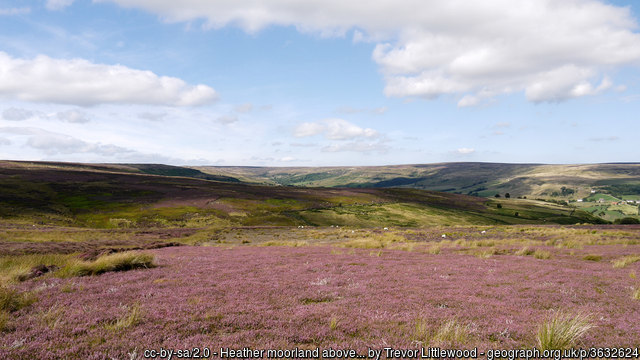
This wouldn’t be the first shawl I have made (although all previous ones have been crochet, as its faster for a big project). Though I love my previous attempts, they have a similar problem: they all slip off my shoulders. I don’t know, perhaps I have ridiculously small shoulders, or maybe this is a common problem? Anyway, I was keen to try out a Faroese design for the first time. Not only do these shawls have a beautiful shape with a central lace panel running down the spine, they also have shaping along the top edge which (so said my reading) helps to keep them on your shoulders. That was me sold. If you want to skip straight to the pattern for this shawl, you can find it in this blog post and a pdf version on Ravelry. If you want to know more about how I went about designing it (and how successful I feel it was) read on!
Designing the shawl
This shawl was inevitably going to be a) big and b) stripey. I happily embraced the big: I first worked out a rough number of rows for the depth I wanted, then worked out the shoulder shaping, and sketched out the size of the centre panel to keep things in proportion. Then I turned my attention to the stripes.
I wanted a stitch pattern that made the stripes seem necessary, rather than a consequence of knitting in rows. Something with pizzazz. Something relatively quick to knit and not too fiddly – this was a BIG shawl after all, and I work part-time and have two pre-school boys to look after. I find being realistic on time limits and motivation is important in such circumstances!
After several knitted swatches I settled on the rosette stitch. The way the wool clumped together seemed perfect. In the greens, it reminded me of the rushes that grow amongst the bogs; in the brown and purples, it is reminiscent of the heather bushes themselves; and in the blues, it could be soft fluffy clouds.
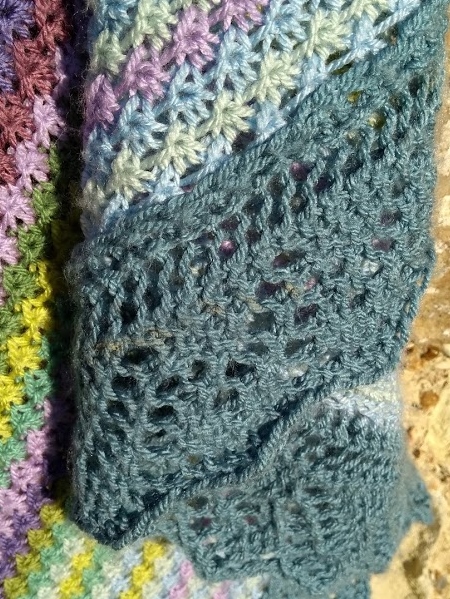
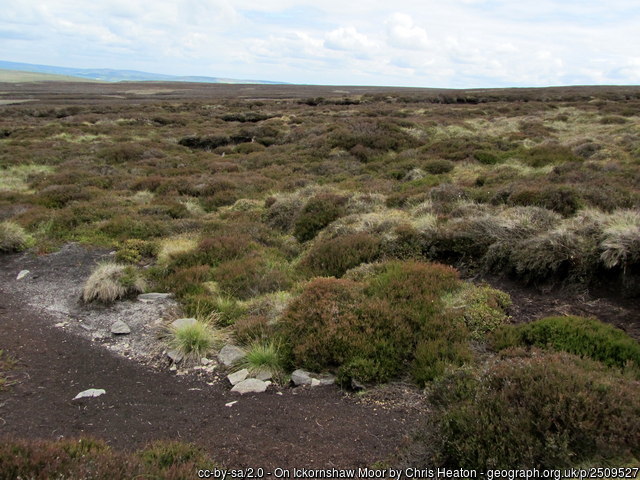
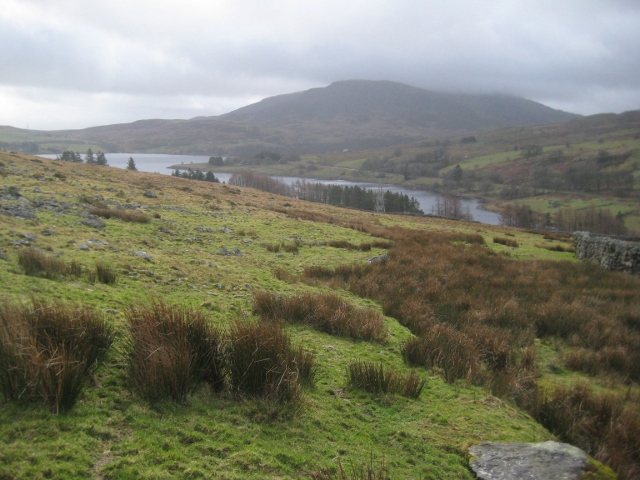
Next the central panel. More reluctant embracing of stripes. After all, this was a stripy shawl, so the stripes should be celebrated in the lace. I opted for a version of the Old Shale pattern. This meant that the stripes helped to showcase the gentle rise and fall of the fans and valleys. It could also be easily extended as the central panel widened. Moving on – the lace border. My original idea was to create a fern-like border, as this would remind
me of the bracken on the hills. But when the wool arrived, no green really worked for me for this. I really needed a mid-tone green, as the border would be a large colour block. The border was additionally tricky as I didn’t want to have to buy more wool and so I needed a relatively narrow border to ensure that I could knit it all from one ball. This was a conundrum. The breakthrough happened when I finally realised that the sky didn’t need to be at the top of the shawl. It could be upside down! If I started with the green stripes and finished with the blue, this would help in two ways. Firstly, it would help balance the colours – there was a lot more green/ brown in the pack than blue and so the shorter stripes helped to equalise this out somewhat. Also, by ending with blue I could use a wave lace which also reminded me of the Yorkshire coast, with the waves hitting the heather topped cliffs. Bonus!
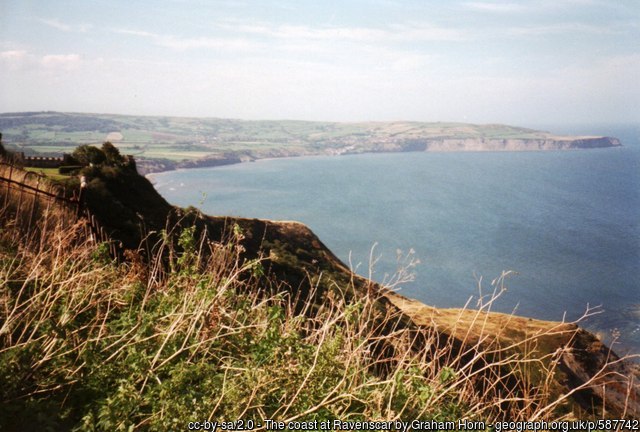
Finally, with the pattern for the Moorland Faroese Shawl fully worked out, I was ready to knit. And knit. And then knit a bit more. And some more. And more. It took a while, and I had to be very strict about completing a line a day, and be creative in knitting opportunities (knitting whilst watching Monster and Menace playing in the bath gave me a good twenty minutes of knitting time), but I got there in the end.
So did it work?
As the shawl was all bunched up on the cable needles, it was only really with the blocking that I realised a) how big it had grown – it was larger than my blocking board! – and b) how great the colours looked overall. Since completing it I have spend many days snuggled into its warmth, with the heather and moors all around me. The only problem I have – its a bit too big and dangly to cook dinner in it. But I can live with that for my own bit of moorland magic!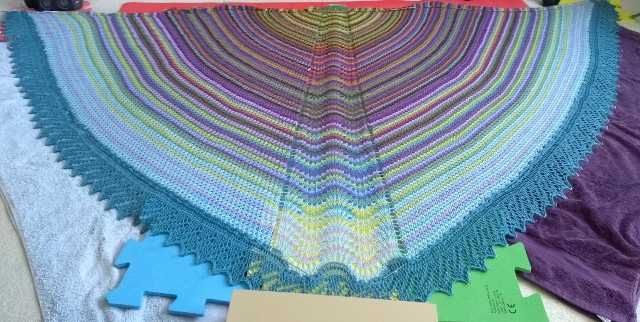
If you are interested in creating your own version, or using my pattern as a base to customise to create your own unique faroese shawl, you can find the free pdf on Ravelry.

